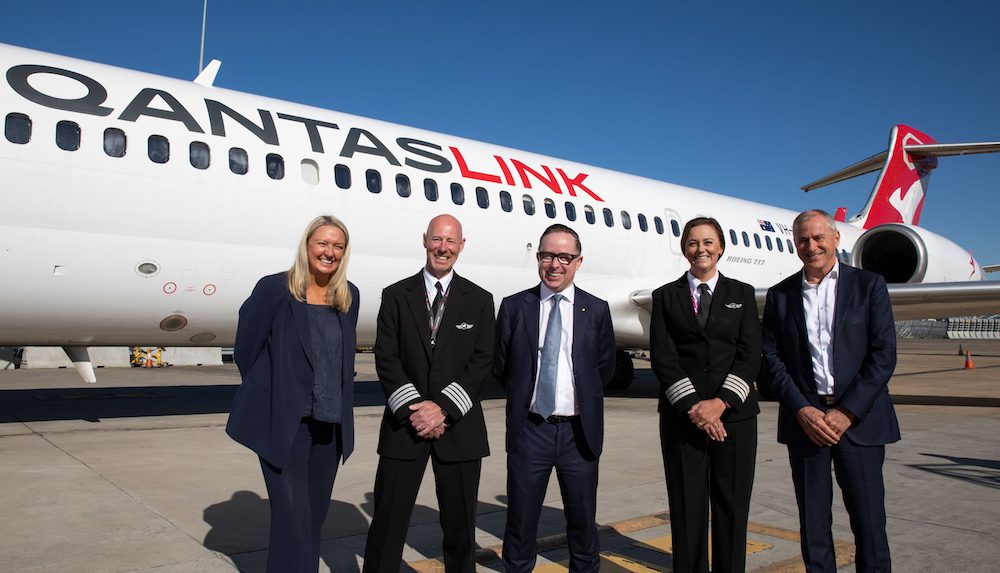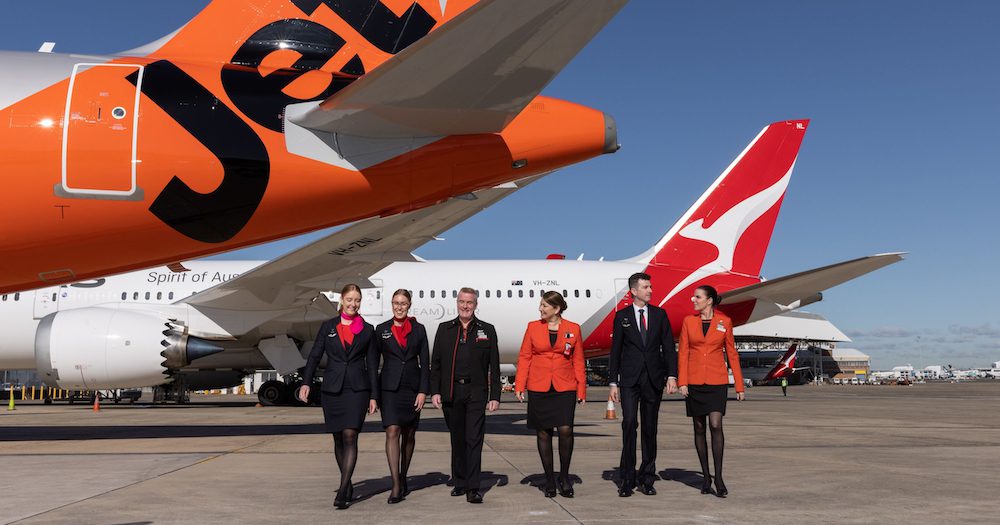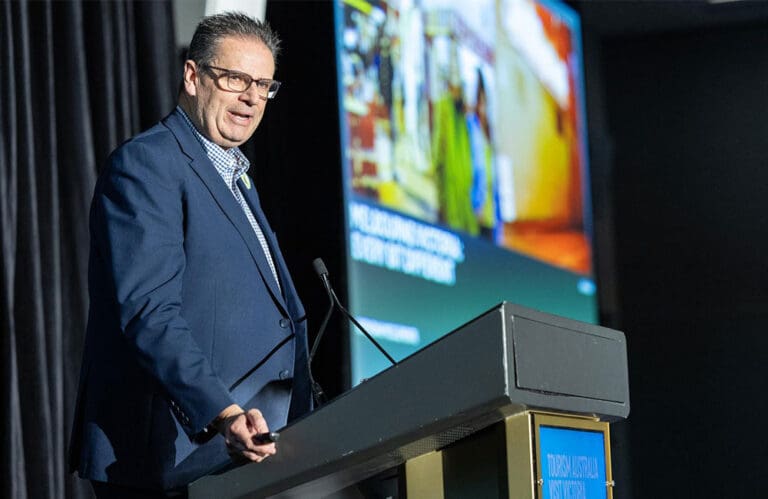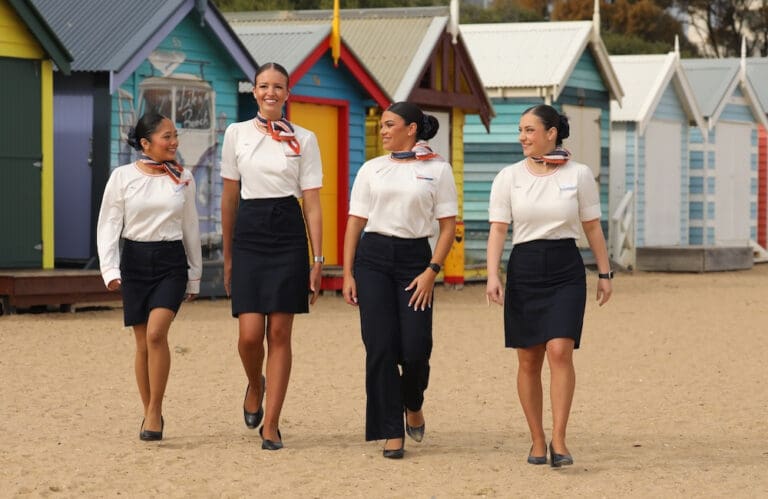Following its first Investor Strategy Day since the COVID pandemic, the Qantas Group has unveiled updates to its long term strategy to 2030.
During the gathering, the group’s management discussed plans across key categories including customer experience, sustainability, people and financials.
One of the highlights of the customer-focused plans are changes to Qantas’ boarding process from October 2023.
The airline says the changes will be aimed at improving on-time performance and to “better recognise tiered Frequent Flyers, in response to customer feedback”. This means, Qantas intends to board passengers in groups based on loyalty status and seat allocation.
Many overseas airports already use the group boarding system, and according to The Australian, Qantas has been trialling the process in an attempt to improve punctuality and ease the pain point of fighting for space in overhead bins.
Qantas also plans to overhaul the Qantas app towards the end of 2023. With these changes, it aims to give customers more control over their bookings, introduce baggage tracking and improve Qantas Loyalty integration.

More routes and lower fares
For customers, the national airline also plans to “significantly expand the current range of redemption options for Frequent Flyers” and invest in low fares, especially for Jetstar, with around 10 million fares under $100 offered this year and 5 million reward seats via Qantas Loyalty.
Meanwhile, the Group detailed its ‘right aircraft, right route’ approach, which will see the introduction of “new routes, more comfortable cabins, less noise and less carbon emissions” thanks to its next-generation fleet (A220, B787 and A320-family) that arrives from this year onwards.
On the sustainability front, Qantas will launch a $400 million Climate Fund, which it claims is the largest of its type for any airline. The fund will include an extra $110 million investment on top of the $290 million already put aside to reach the airline’s sustainability goals.
According to the flying kangaroo, the fund will go towards “stimulating production of Sustainable Aviation Fuel (SAF), high integrity offsets that deliver dividends for nature and carbon removal technology as well as efficiency and waste reduction targets”.
It will also call on the Australian Government to introduce a SAF blending mandate similar to those found in the US, Europe and Japan to help with local production.
For its staff, Qantas says it will share the benefits of its recovery, including paying $11,500 in bonuses in FY23-24 and upping travel benefits. It will also create up to 8,500 more jobs in Australia by 2033 and provide more training and promotional opportunities including delivering some 2 million training hours this year alone.
Money talk
Financially, the group aims to grow Qantas International margins from -5 per cent pre-COVID to more than 8 per cent in FY24 and up to 10-12 per cent through Project Sunrise and freight.
It is also looking to sustain margins of 18 per cent for Qantas Domestic and 15 per cent for Jetstar Domestic from FY24 onwards “through cost and revenue improvements”.
With the introduction of its A350 fleet and Project Sunrise, Qantas expects earnings to rise to an estimated $400+ million (EBIT) per year in the first full year of having all 12 aircraft in service.
“This is a structurally different business than it was before COVID, operating in markets that have also changed,” Qantas Group CEO Alan Joyce said.
“We’re very well placed to take advantage of the opportunities that creates and the detail we’ve released today shows our strategy to do it.
“New technology is central to our plan and the next-generation aircraft that have started arriving will transform our network over the next few years.
“We’ll be able to serve our customers better, reduce our cost base through lower running costs and carve out some new competitive advantages.
“Our revenue projections and track record for ongoing transformation show we can invest heavily in people and technology at the same time as generating strong returns for shareholders. That’s exactly the kind of national carrier we want to be.”







